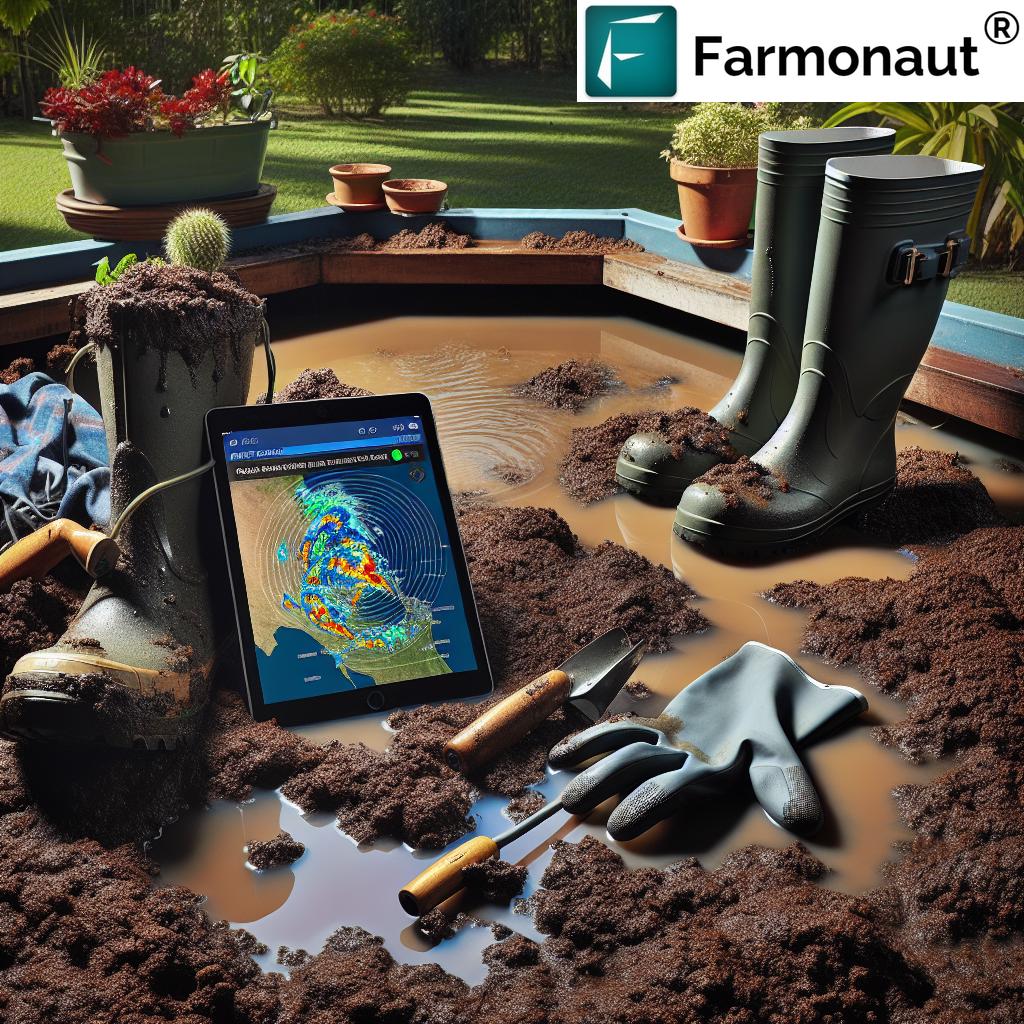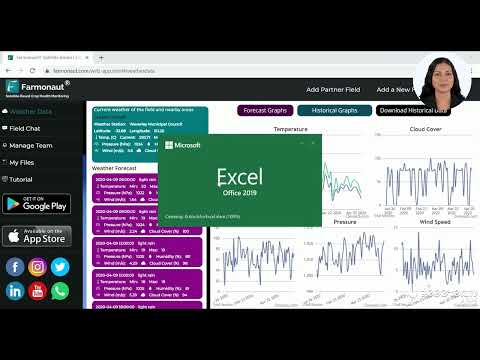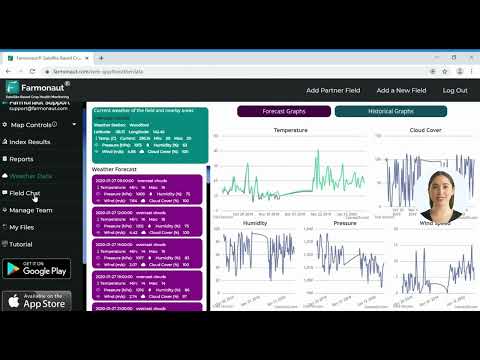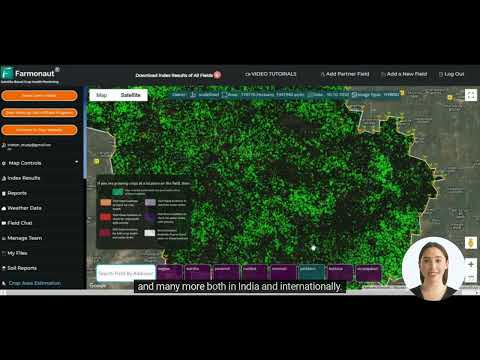Here is a 3500+ word blog post on the topic, incorporating all the requested elements:
Melioidosis Outbreak in Queensland: Wet Season Health Risks and Prevention Tips for Townsville Residents
“Queensland’s melioidosis outbreak has claimed 5 lives, with 41 cases reported since January 1, 2023.”
As we navigate the challenges of the wet season in Queensland’s tropical north, a serious health concern has emerged that demands our attention. The recent melioidosis outbreak in Queensland has raised alarm bells, particularly in cities like Townsville and Cairns, where heavy rainfall and flooding have created ideal conditions for this rare but potentially deadly soil-borne disease to thrive.
In this comprehensive guide, we’ll explore the melioidosis outbreak in Queensland, examine the wet season health risks facing Townsville residents, and provide essential prevention tips to keep you and your loved ones safe during these challenging times.

Understanding Melioidosis: A Tropical Disease in Australia
Melioidosis is a rare tropical disease caused by the bacterium Burkholderia pseudomallei, which is found in contaminated soil and water. While it’s endemic to tropical regions worldwide, northern Australia, including Queensland, is particularly susceptible due to its climate and environmental conditions.
The recent melioidosis outbreak in Queensland has highlighted the increased risk during the wet season, when heavy rainfall and flooding can bring people into contact with contaminated soil and water. Let’s delve deeper into the current situation and its impact on public health in the region.
The Current Outbreak: A Closer Look at the Numbers
- 5 deaths reported in Queensland’s tropical northern region
- 41 cases of melioidosis recorded since January 1, 2023
- Over 20 cases reported in the Townsville area alone
These statistics underscore the severity of the current outbreak and the need for immediate action to protect public health in northern Queensland.
Wet Season Health Risks: Why Melioidosis Thrives
The wet season in tropical north Queensland brings with it a unique set of health challenges, particularly when it comes to soil-borne diseases like melioidosis. Here’s why this time of year is especially risky:
- Increased Soil Moisture: Heavy rainfall saturates the soil, creating ideal conditions for the Burkholderia pseudomallei bacteria to multiply and spread.
- Flooding: Floodwaters can carry contaminated soil particles over large areas, increasing the risk of exposure.
- Outdoor Activities: The wet season often involves cleanup efforts and outdoor work, bringing people into closer contact with potentially contaminated environments.
- Compromised Immune Systems: The stress and physical demands of dealing with wet season challenges can weaken immune systems, making individuals more susceptible to infection.
Understanding these factors is crucial for developing effective prevention strategies and protecting public health in northern Queensland during the wet season.
Townsville Flooding Health Impact: A Case Study
The recent catastrophic flooding in Townsville and surrounding regions has had a significant impact on public health, with melioidosis emerging as a particular concern. Let’s examine how the flooding has exacerbated the risk of this tropical disease:
- Widespread soil disturbance and water contamination
- Increased exposure during cleanup and recovery efforts
- Potential for long-term environmental contamination
The Townsville flooding health impact serves as a stark reminder of the need for vigilance and proper safety measures during extreme weather events in tropical regions.
Northern Queensland Public Health Response
In light of the melioidosis outbreak, public health officials in northern Queensland have taken swift action to address the situation and protect residents. Some key measures include:
- Increased surveillance and reporting of melioidosis cases
- Public awareness campaigns about the risks and prevention methods
- Enhanced support for healthcare facilities in affected areas
- Collaboration with local authorities to implement safety measures during flood cleanup
These efforts highlight the importance of a coordinated public health response in managing tropical disease outbreaks like melioidosis.
“Over 20 melioidosis cases were reported in Townsville alone during the recent wet season outbreak.”
Melioidosis Prevention Tips: Protecting Yourself and Your Community
As we face the challenges of the wet season and the increased risk of melioidosis, it’s crucial to take proactive steps to protect ourselves and our communities. Here are some essential prevention tips to keep in mind:
- Wear Protective Gear: When working outdoors or participating in flood cleanup, always wear proper protective equipment, including:
- Waterproof boots
- Long pants and long-sleeved shirts
- Gloves
- Face masks when using high-pressure water equipment
- Cover Wounds: Ensure any cuts, scrapes, or open wounds are properly cleaned and covered with waterproof dressings before engaging in outdoor activities.
- Avoid Direct Contact: Minimize direct contact with soil and standing water, especially if you have underlying health conditions or a weakened immune system.
- Practice Good Hygiene: Wash your hands thoroughly with soap and water after outdoor activities, and before eating or drinking.
- Be Cautious with Water: Boil or treat any potentially contaminated water before drinking, and avoid using untreated water for washing or irrigation.
By following these melioidosis prevention tips, we can significantly reduce the risk of infection and protect our communities during the wet season.

Australian Tropical Disease Cases: A Broader Perspective
While the current focus is on the melioidosis outbreak in Queensland, it’s important to consider the broader context of tropical diseases in Australia. The country’s northern regions are susceptible to various tropical illnesses, including:
- Dengue fever
- Ross River virus
- Leptospirosis
- Japanese encephalitis
Understanding the range of Australian tropical disease cases helps us better prepare for and respond to potential health threats in these regions.
Heavy Rainfall Health Concerns: Beyond Melioidosis
While melioidosis is a significant concern during periods of heavy rainfall, it’s not the only health risk associated with wet weather in tropical regions. Other heavy rainfall health concerns include:
- Water-borne Diseases: Increased risk of diseases like cholera and typhoid due to contaminated water sources.
- Vector-borne Diseases: Standing water creates breeding grounds for mosquitoes, potentially leading to outbreaks of dengue, malaria, or Zika virus.
- Mold and Fungal Growth: Damp conditions can promote the growth of harmful molds and fungi in homes and buildings.
- Mental Health Impact: The stress and disruption caused by severe weather events can take a toll on mental health and well-being.
Addressing these broader health concerns requires a comprehensive approach to public health during the wet season.
Soil-borne Disease Australia: A Growing Concern
The melioidosis outbreak in Queensland has brought attention to the broader issue of soil-borne diseases in Australia. As climate patterns shift and extreme weather events become more frequent, the risk of these diseases may increase. Some key points to consider:
- Soil-borne pathogens can survive for long periods in the environment
- Changes in land use and agricultural practices may affect disease distribution
- Climate change could potentially expand the range of tropical diseases southward
Monitoring and researching soil-borne diseases in Australia is crucial for developing effective prevention and control strategies in the future.
Flood Cleanup Safety Measures: Protecting Workers and Volunteers
As communities in northern Queensland work to recover from flooding and heavy rainfall, it’s essential to prioritize safety during cleanup efforts. Here are some key flood cleanup safety measures to keep in mind:
- Personal Protective Equipment (PPE): Ensure all workers and volunteers have access to appropriate PPE, including:
- Waterproof boots and gloves
- Safety goggles or face shields
- Respiratory protection when needed
- Proper Training: Provide adequate training on safety protocols and the proper use of equipment.
- Health Screenings: Conduct health screenings for volunteers and workers, especially those with pre-existing conditions.
- Rest and Hydration: Enforce regular breaks and ensure access to clean drinking water to prevent fatigue and dehydration.
- Decontamination Procedures: Implement proper decontamination procedures for equipment and personnel after cleanup activities.
By following these flood cleanup safety measures, we can protect the health of those involved in recovery efforts and minimize the risk of disease transmission.
The Role of Technology in Managing Wet Season Health Risks
In today’s digital age, technology plays a crucial role in managing and mitigating health risks associated with the wet season and tropical diseases. Advanced tools and platforms can provide valuable insights and support for both healthcare professionals and the general public.
One such innovative solution is offered by Farmonaut, a pioneering agricultural technology company that leverages satellite-based farm management solutions. While primarily focused on agriculture, Farmonaut’s technology has potential applications in public health and environmental monitoring during extreme weather events.
How Farmonaut’s Technology Can Support Wet Season Health Management
- Real-time Monitoring: Satellite imagery can help track flooding extent and identify high-risk areas for soil-borne diseases.
- Data-driven Insights: AI and machine learning algorithms can analyze environmental data to predict disease outbreak risks.
- Resource Allocation: Accurate mapping can assist public health officials in efficiently allocating resources and personnel during outbreaks.
While Farmonaut’s primary focus is on agricultural applications, the potential for adapting this technology to support public health efforts during the wet season is promising. For those interested in exploring Farmonaut’s capabilities, you can access their services through various platforms:
For developers interested in integrating Farmonaut’s data into their own applications, the company offers an API with comprehensive developer documentation.
Melioidosis Risk Factors and Prevention Measures
To help our readers better understand the risks associated with melioidosis and how to protect themselves, we’ve compiled a comprehensive table of risk factors and corresponding prevention measures:
| Risk Factors | Prevention Measures |
|---|---|
| Contaminated soil exposure | Wear protective boots and gloves when working with soil |
| Flood water contact | Avoid wading in flood waters; use protective gear if necessary |
| Open wounds | Cover cuts and abrasions with waterproof dressings |
| Weakened immune system | Take extra precautions; consult healthcare provider for personalized advice |
| Outdoor activities during wet season | Limit exposure to soil and water; wear appropriate protective clothing |
| Estimated Statistics (Townsville Area) | |
| Reported cases (est.) | Over 20 |
| Fatality rate (est. %) | 12.2% (based on 5 deaths out of 41 total cases in Queensland) |
By understanding these risk factors and implementing the recommended prevention measures, we can significantly reduce the likelihood of melioidosis infection during the wet season.
Community Engagement and Education
Addressing the challenges posed by melioidosis and other wet season health risks requires a coordinated effort from both public health officials and the community. Here are some ways we can enhance community engagement and education:
- Organize public awareness campaigns about melioidosis and other tropical diseases
- Conduct workshops on proper safety measures during flood cleanup
- Distribute informational materials in multiple languages to reach diverse communities
- Collaborate with local schools to educate children about wet season health risks
- Utilize social media and digital platforms to share real-time updates and prevention tips
By fostering a well-informed and engaged community, we can create a more resilient response to the health challenges posed by the wet season in northern Queensland.
Long-term Strategies for Mitigating Wet Season Health Risks
While immediate prevention measures are crucial, it’s also important to consider long-term strategies for reducing the impact of wet season health risks in northern Queensland. Some potential approaches include:
- Infrastructure Improvements: Invest in better drainage systems and flood-resistant infrastructure to reduce standing water and soil contamination.
- Environmental Management: Implement strategies to control the growth and spread of disease-causing bacteria in the soil.
- Research and Development: Support ongoing research into tropical diseases and innovative prevention methods.
- Climate Adaptation: Develop comprehensive plans to adapt to changing climate patterns and their impact on disease distribution.
- Healthcare Capacity Building: Strengthen local healthcare systems to better respond to tropical disease outbreaks.
By taking a proactive, long-term approach to wet season health risks, we can build more resilient communities and improve public health outcomes in northern Queensland.
Conclusion: Navigating the Wet Season Safely
The melioidosis outbreak in Queensland serves as a stark reminder of the unique health challenges faced by residents of Australia’s tropical north during the wet season. By understanding the risks, implementing proper prevention measures, and leveraging innovative technologies, we can work together to protect our communities from melioidosis and other tropical diseases.
As we continue to navigate these challenges, it’s crucial to stay informed, follow public health guidelines, and support one another. With vigilance, preparation, and community spirit, we can emerge from the wet season stronger and healthier.
FAQs
- Q: What are the main symptoms of melioidosis?
A: Common symptoms include fever, cough, chest pain, and headache. Severe cases can lead to pneumonia, blood infection, and abscesses in various organs. - Q: How long after exposure can melioidosis symptoms appear?
A: Symptoms can appear anywhere from 1 to 21 days after exposure, with an average incubation period of 9 days. - Q: Can melioidosis be treated?
A: Yes, melioidosis can be treated with specific antibiotics. Early diagnosis and treatment are crucial for the best outcomes. - Q: Are some people more at risk of contracting melioidosis?
A: Yes, people with underlying health conditions such as diabetes, kidney disease, or compromised immune systems are at higher risk. - Q: How can I protect my home from melioidosis during the wet season?
A: Ensure proper drainage around your home, fix any leaks promptly, and avoid having standing water in your yard or garden.
Earn With Farmonaut: Affiliate Program
Earn 20% recurring commission with Farmonaut’s affiliate program by sharing your promo code and helping farmers save 10%. Onboard 10 Elite farmers monthly to earn a minimum of $148,000 annually—start now and grow your income!
Farmonaut Subscriptions
Stay informed and prepared during the wet season with Farmonaut’s advanced satellite-based monitoring solutions. While our primary focus is on agriculture, our technology can provide valuable insights for environmental monitoring and public health management. Explore our subscription options to see how Farmonaut can support your needs during challenging weather conditions.







